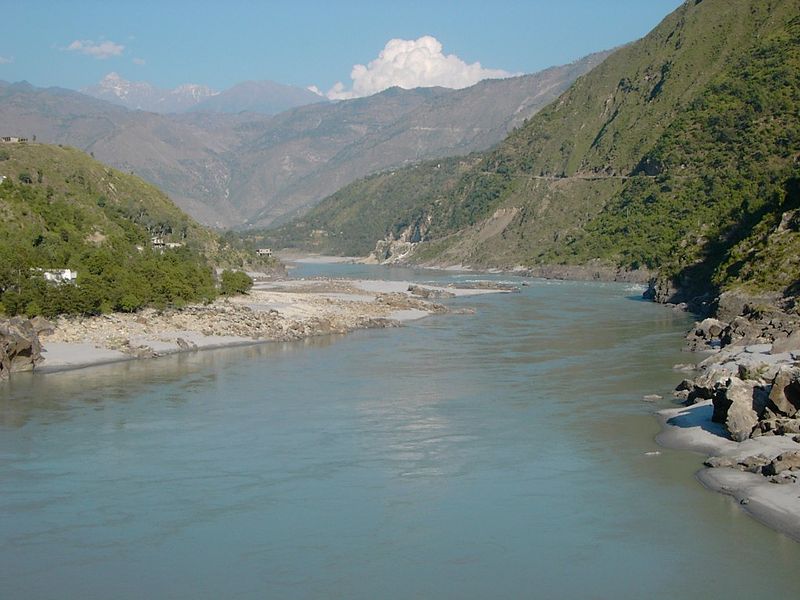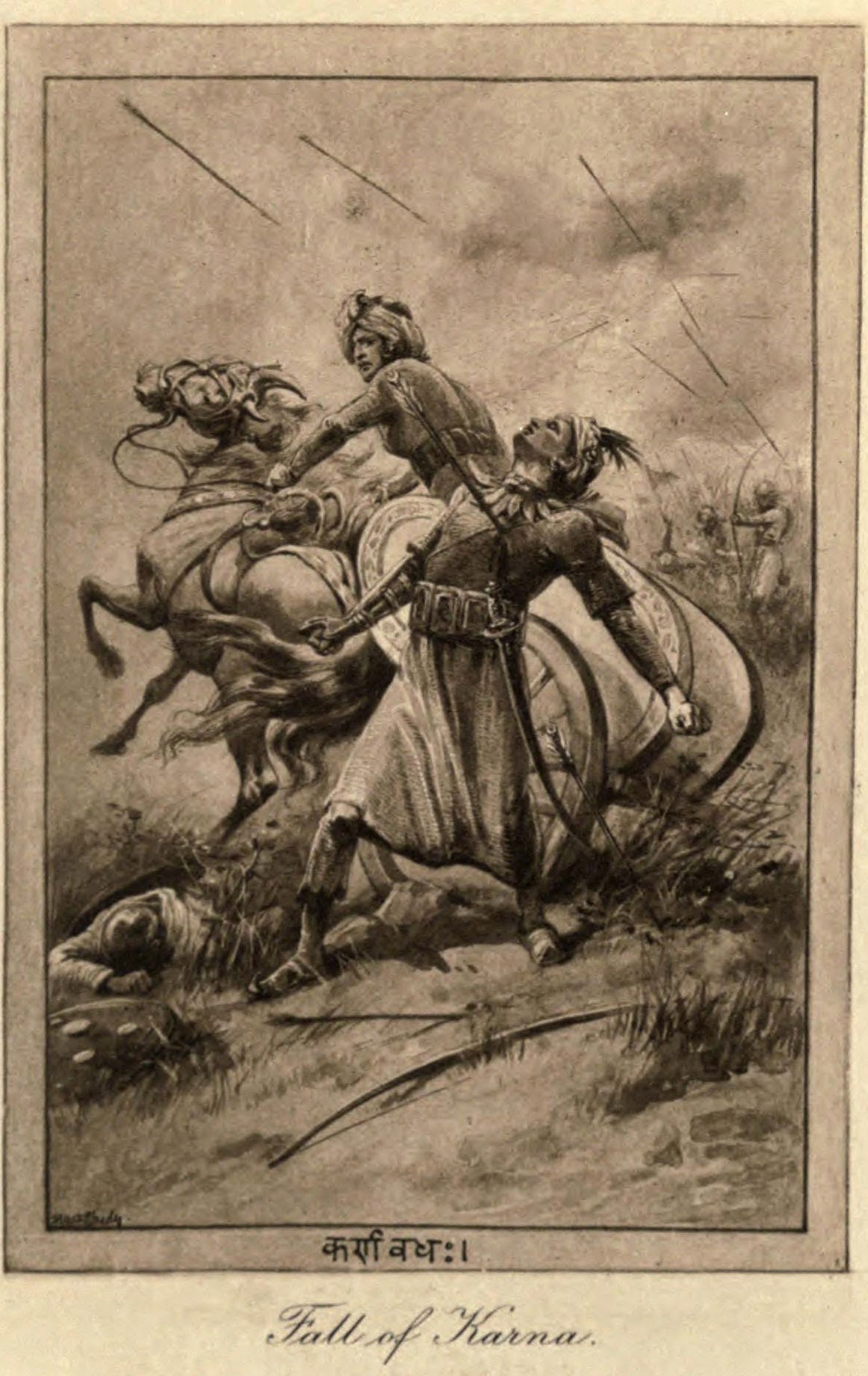The Many Names of India Posted by Rachael on Nov 8, 2018 in Hindi Language, Uncategorized
Most, if not all, countries (देश/desh, masc.) in the world have multiple names (विभिन्न नाम/vibhinn naam, masc.) depending on which language (भाषा/bhaashaa, fem. or ज़बान/zabaan, fem.) you are using: for example, Deutschland vs. Germany, España vs. Spain and Éireann vs. Ireland, etc. Similarly, the story of India’s many coexisting names is fascinating and complex in that it is, in itself, a record of the many people who have traveled to this region (क्षेत्र/kshetra, masc.) of the world. In so doing, they have left an indelible mark of their own cultures (संस्कृति/sanskriti, fem.) and languages on the country we know today as the Republic of India.
India
Let’s start off with the name for this country most familiar to English-speakers: India. This name itself encapsulates a compelling saga of the myriad peoples who traveled (सफ़र करना/safar karnaa or यात्रा करना/yaatraa karnaa) to India and even wrote about the country from afar. As far as Western languages go, the English term “India” derives from the Greek, “Ινδία,” which is itself a transliteration of the Latin term, “India.” However, if you look even further back, the Latin, Greek and English versions of the name derive from the Sanskrit term “Sindhu” (सिन्धु), which refers to the Indus river (known locally in Pakistan as दरिया-ए-सिंध/dariyaa-e-sindh or सिंधु नदी-Sindhu nadee) , one of the longest rivers in Asia and thus an important and convenient dividing line between what was “known” and what was “unknown” of the subcontinent by early travelers (यात्री/yaatri or मुसाफ़िर/musaafir), explorers (खोजयात्री/khojyaatri) and conquerors (विजेता/vijetaa). As well as being a name for the river, the term “सिन्धु” became a generalization for the area near the lower Indus basin (now located in the province of Sindh, Pakistan).
When Darius I, the king (राजा/raajaa) who ruled the Achaemenid Empire (सामराज्य/saamraajya, masc.) at its height, conquered the region of Sindh in approximately 516 BCE, the Persian term “Hindu/هندو” (the old Persian rendering of “Sindhu”) was again used as a general moniker for the region of the lower Indus basin, which was the limit of this Empire’s understanding of the vast subcontinent (विशाल उपमहाद्वीप/vishaal upmahaadveep, masc.). Later, when Scylax of Caryanda, a renowned Greek writer (लेखक/lekhak) and explorer from the 6th-5th centuries BCE, traveled to the Indus River on an exploratory trip for the Persian emperor, he most likely passed the current Persian name into the Greek through his writings about the region.
Following this, the celebrated Greek historian (इतिहासकार/iteehaaskaar) Herodotus then employed the Greek term for India (Ινδία) in his Geography, filtered through an already complicated series of languages (Sanskrit-Persian-Latin-Greek). He employed the Greek term with the notable absence of the consonant (व्यंजन/vyanjan, masc.) “H,” which was not typically used in the Greek dialects of Asia Minor prevalent at the time. He also generalized the term “India” to refer not just to people living in the lower Indus basin but to anyone living east of Persia – part of this generalization stemming from the fact that he had little to no knowledge (ज्ञान/gyaan, masc.) of the actual geography (भूगोल/bhoogol, masc.) of the land, having never been there himself.
When Alexander the Great began exploring and attempting to conquer regions of India and knowledge of the area had expanded, the term “India” had come to encompass the region beyond the Indus River up to the Ganges delta, which marked the limit of Western exploration (पश्चिमी खोजयात्रा की सीमा/pashchimee khojyaatraa ki seemaa, fem.). Although Alexander nor his companions had traveled to South India, there was some dim awareness of the Southern (दक्षिणी/dakshinee) half of the region in Greek thought as Megasthenes, who was himself a historian, diplomat, ethnographer and explorer of India, later included it in his definition of “India” in his book (किताब/kitaab or पुस्तक/pustak) on the area called, Indika.
The term in English itself went through a few transformations (परिवर्तन/pareevartan, masc.) in that, in Middle English, which was heavily influenced by French, the name transformed into Ynde and Inde, which was rendered in the English of that time as “Indie.” However, from the 1600s onwards, the term transformed back into “India” most likely due to the greater influence (प्रभाव/prabhaav, masc.) of Latin, Spanish and/or Portuguese on the English of the time.
Hind and Hindustan
You may also be familiar with more Persianate terms for India: Hind (ھند, हिंद) and Hindustan (ھندستان, हिंदुस्तान). These names came from the Sanskrit term for the Indus river and the surrounding region, Sindhu, as mentioned previously, but with the consonant “h” replacing the “s.” Around the first century CE, the suffix “ستان” (स्तान/staan), meaning “place, region or country” was added, hence the term “Pakistan” today (پاکستان), which means “the land of purity/virtuousness.” From Persian, Hind was also adopted in Arabic and transformed into “Al-Hind” (الھند), which is still used today in modern Arabic to refer to the Republic of India. Although the term “Hind” (हिंद) is sometimes used today (notable examples include “जय हिंद/jay hind” or a patriotic rallying cry or cry of victory and हिंद महासागर/Hind Mahaasaagar or the standard Hindi name for the Indian ocean), it is not commonly used in modern (आधुनिक/aadhunik) Hindi.
During the Islamic conquests (जीत/jeet, masc. or विजय/vijay, masc., can also mean “triumph” or “victory”) of India beginning in the 11th century, which resulted in the Delhi Sultanate and, later, the Mughal Empire, both names (Hind and Hindustan) were used to refer to the region, mostly including North India with the epicenter (केंद्र/kendra, masc.=just means “center”) of their empires in Delhi. Over time, the term “Hindustan” came to mean the entirety of the Indian subcontinent. Later, the terms “Hindustan” and “Hindu” entered the English language in the 1600s. And, at the height of the British Raj in the 19th century, Hindustan and India were both used to refer to the country. The term Hindu itself, which only became standard usage in English in the 1600s, is telling because it originally referred to any person from a particular geographic region and had nothing to do with religion (धर्म/dharm, masc.).
Bharat/भारत
“Bharat” (भारत) along with the English term “India,” are both official names (आधिकारिक नाम, masc.) of the country today, according to the constitution (संविधान/samvidhaan, masc.). In 1950, Bharat was selected as one of the country’s official names – the name itself is said to be derived from the Mahabharata, one of India’s epic poems, and inspired by the character (पात्र/paatra) of Bharata, who is the son of Dushyanta and Shakuntala in the epic. This name could also refer to Rishabha’s son Bharata in the Puranas. Alternately, another name for India is “भारतवर्ष” which means “land of Bharat.” Yet, throughout its history as a geographic term, “Bharat” rarely referred to anything except North (उत्तर/uttar) India and thus some argue that it does not represent India as a whole, particularly central and South India; in addition, because of its Hindu provenance in the Puranas, Hindu scriptures, and the Mahabharata, a Hindu epic poem, some argue that it does not do justice to the religious diversity (धार्मिक विविधता/dhaarmik vividhtaa, fem.) to which India is host. Thus, those who take issue with “Bharat,” prefer the term “India” as it is conceived as a more neutral (तटस्थ/tatasth) term for this vast and extraordinarily diverse country.

Build vocabulary, practice pronunciation, and more with Transparent Language Online. Available anytime, anywhere, on any device.






